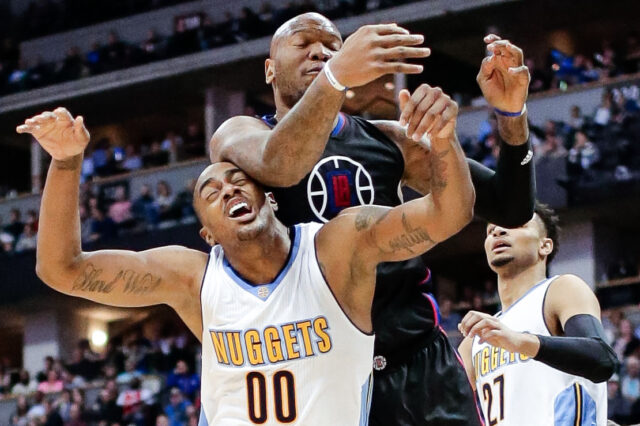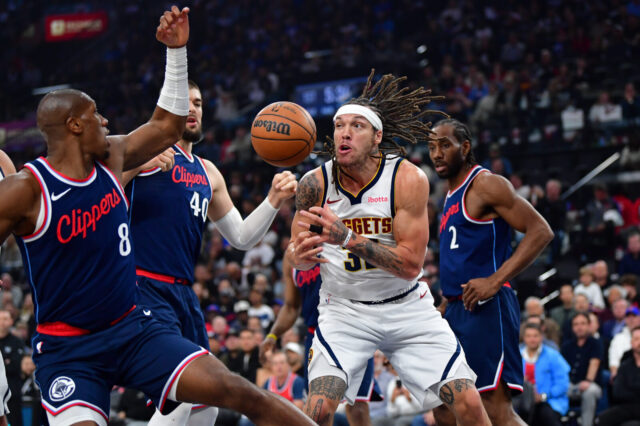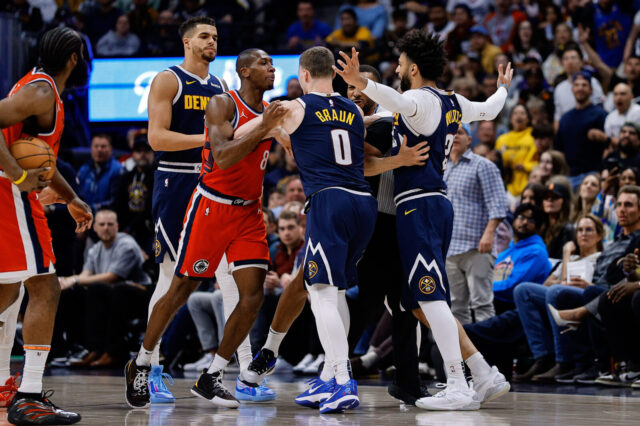This year, I find myself truly captivated by the Eastern Conference Finals for the first time in years. Perhaps it’s because there might actually be a shift in who makes it to the Finals, and perhaps I just enjoy the underdog story of the Celtics this season, but regardless, I’m tuned in to see how things pan out over the coming days.
One thing I’ve noted as I have been watching each game is the development of leadership within each organization, and who’s shining as the key influencers of each game. I use the term influencer here very deliberately.
I’ve discussed this idea before, but a leader in basketball (or anything for that matter) is often thought of as the person who brings in the most points, or the one who has the best stat line. In the minds of those who have never truly led, a leader is the one who gets all the attention, and the one who has the most possessions during each game.
The truth is quite the opposite.
A team’s true leader is usually someone who doesn’t get the lion’s share of the glory. They typically fall in line somewhere in the starting lineup, but they aren’t the first ones who come to mind when you think of the franchise identity. Players like Draymond Green are the spark plug for their team. During key moments of the game, he’s in everyone’s face getting them fired up to play their best. He doesn’t have to do their job for them, but rather, he helps them realize their full potential by seeing the best in them and encouraging them to accept nothing less.
In this way, a leader is the key influencer for the team. He uses his powers of enthusiasm and persuasion to move the team in the direction they need to go toward a desired result, and the team is never the same without him.
A leader can also be a powerful stabilizing force. We all know these people. When they walk into the room they bring an air of confidence, and you recognize that the things they say carry weight with those that listen to them. These types of leaders act as a comfort to those who need to perform, making them more confident in their abilities simply by being present.
A perfect example of this type of leader would be Paul Millsap. You’ll notice that when Millsap is in the game, the other players seem to play more loose and free. He sets the pace of the game (for the good or the bad), and the younger players look to him for direction.
Turning to the Eastern Conference Finals, there seems to be an interesting dynamic happening. As everyone knows, the Cavaliers made some major trades at the deadline turning over many positions on their roster in an apparent effort to clean house as negativity was creeping its way through the organization. The upside to this move is that Cleveland was able to maintain pace and manage to keep themselves relevant enough to make it all the way to the ECF this season.
The downside is that LeBron James took on a whole new set of players to develop trust with. You see, trust can never be immediate. It’s developed over a long period of time spent observing actions. What we’re seeing now is that James seems to be taking on the lion’s share of the effort on his own. Not because he isn’t a good leader, because he is a very good leader, but because he simply hasn’t had enough time to develop his unit into the type of team he can influence.
He’s made it this far simply because he is one of the greatest basketball players to ever live. But, one player can only outlast so many teams before he gets defeated by a unit who really relies on teamwork.
One aspect about Boston’s developing team that I’ve found interesting is the way Kyrie Irving is influencing his team from the bench. When Irving went down with his season ending injury, I was sure the Boston Celtics were completely done for the year. I thought maybe they’d make it past the first round in the playoffs, and that would be that.
Up 2-0 over the Cavaliers, the Celtics are playing loose and free on borrowed time, and they seem to be having little trouble defeating team after team with their killer defense and team basketball.
Irving broke off from the Cavaliers to build his own empire because he was tired of living under James’ shadow, and all season long he proved to be the guy to get the job done pacing ahead of his old team. When Irving missed a game toward the beginning of the season, the Celtics struggled mightily to win games. However, as time has progressed, coach Brad Stevens has worked to develop players like Terry Rozier, and Jayson Tatum to fill in for Irving when he was injured or on the bench resting and the Celtics have continued to soar.
In this year’s playoffs, Irving has been forced to learn how to lead his team from the bench, and I believe this skill will be incredibly useful for him as he develops in his career. He physically can’t take matters into his own hands right now so he’s had to learn how to teach and inspire his teammates from the sidelines and during practice.
The result is self-sufficient, confident players who will add high-caliber depth to the Celtics once their stars are back and healthy next season.
It’s never wise to bet against James in the playoffs, as one of my fellow Stiffs reminded me, but I’m starting to feel the same way about betting against the Celtics simply because of the dynamics I see taking place.
Ultimately, I’d like to see the Nuggets continue to work to develop their viable bench players like Trey Lyles, Torrey Craig, and Juancho Hernangomez in an effort to develop their strength and sophistication. While players like Millsap are around to provide a strong influence, it’s important to get these young guns the experience they need to grow so the Nuggets can rely on them in the future.
Keeping these players on the bench so the starting lineup can strain for a last-place playoff spot isn’t a wise move in the long haul, and letting the young talent talent rot is simply a crime. I hope to see Denver work to get the young guys more minutes as they look to get serious about the playoffs next season—It’s certainly worked out nicely for the Celtics.


